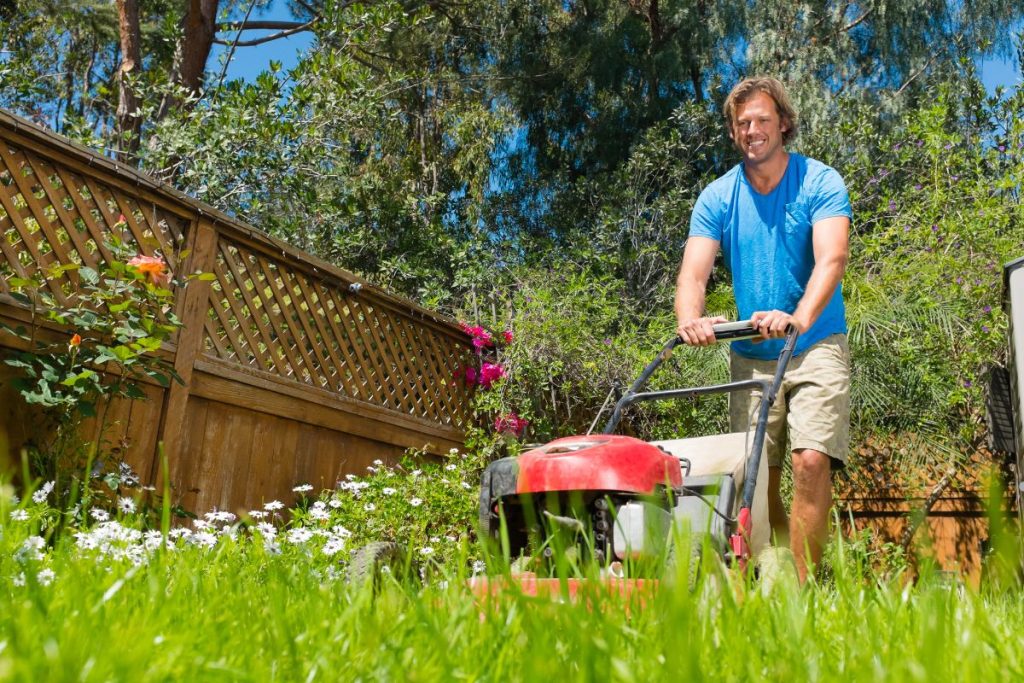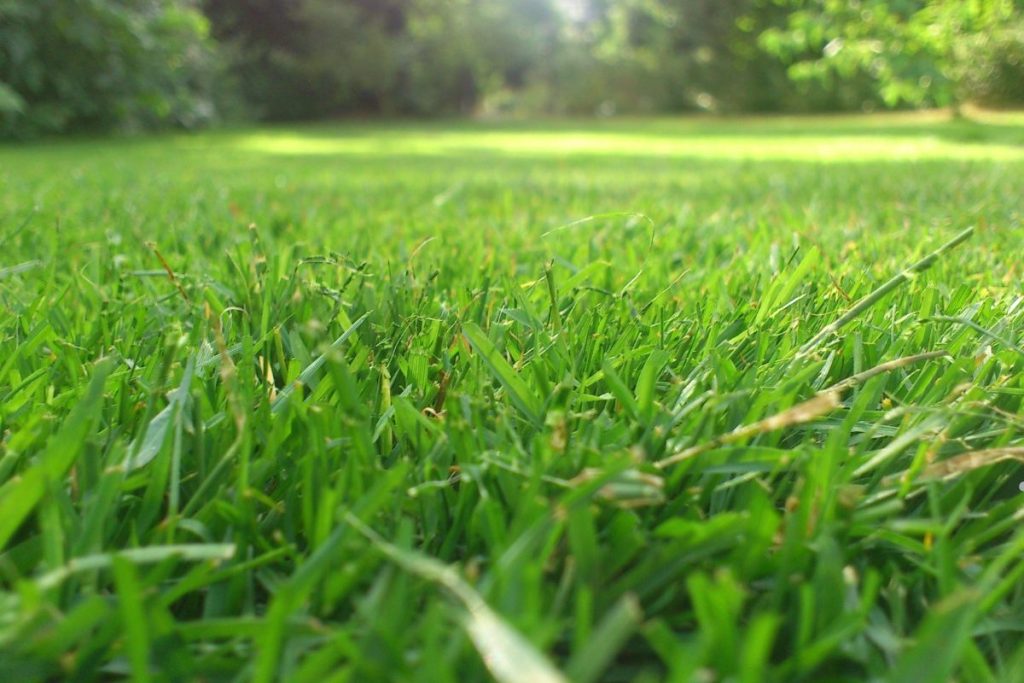
Dealing with crabgrass in Chicago can feel like an uphill battle, but it doesn’t have to be. Whether you’re a seasoned gardener or just trying to keep your lawn looking decent, understanding how crabgrass grows and spreads is the first step. With the right strategies, you can keep this pesky weed under control and enjoy a healthier, greener yard.
Key Takeaways
- Crabgrass thrives in Chicago’s summer heat and needs specific strategies to control.
- Pre-emergent herbicides can stop crabgrass before it starts growing.
- Proper mowing and watering can make a huge difference in keeping your lawn weed-free.
- Manual removal is an option, but it requires patience and persistence.
- Avoid overusing chemicals, as they can harm your lawn in the long run.
Understanding Crabgrass and Its Impact in Chicago
What Is Crabgrass and Why Is It a Problem?
Crabgrass is one of those weeds that can really take over a lawn if you’re not paying attention. It’s an annual weed, meaning it grows, spreads, and dies within one season—but not before dropping seeds for the next year. The problem is how quickly it can spread, especially in thin or bare patches of your lawn. Once it takes hold, it competes with your grass for nutrients, water, and sunlight, leaving your lawn looking patchy and unhealthy.
How Crabgrass Thrives in Chicago’s Climate
Chicago’s summers, with their mix of heat and humidity, provide the perfect environment for crabgrass to thrive. The weed usually starts germinating in midspring when soil temperatures hit around 55°F. By the time summer rolls around, crabgrass is in full swing, especially in lawns that are under stress from drought or poor maintenance. The city’s fluctuating weather also gives crabgrass an edge—it’s a hardy plant that can survive in less-than-ideal conditions while your grass struggles.
Common Misconceptions About Crabgrass
There are a few myths about crabgrass that trip people up:
- It only grows in poorly maintained lawns. While it’s true that a healthy lawn is more resistant, even well-kept lawns can fall victim if conditions are right.
- Pulling it out by hand solves the problem. Unfortunately, if you don’t get the entire root system or if seeds have already dropped, it’ll come back.
- All weeds are the same. Crabgrass is unique in its growth patterns and needs specific strategies to control it effectively.
A little knowledge about crabgrass can go a long way in keeping your lawn looking its best. Chicago homeowners face unique challenges, but with the right approach, you can keep this pesky weed in check.
For more on how crabgrass spreads during the summer months, read about how it thrives in bare lawn areas.
Identifying Crabgrass in Your Lawn
Key Characteristics of Crabgrass
Crabgrass is a summer annual weed that grows low to the ground, spreading out in a circular pattern. Its most noticeable feature is its wide, flat blades with a slightly rough texture. The stems are usually reddish-purple at the base, and the plant produces seed heads that resemble fingers extending from a central point. These traits make it relatively easy to distinguish from other weeds once you know what to look for.
Seasonal Growth Patterns in Chicago
In Chicago, crabgrass typically germinates in late spring when soil temperatures reach around 55°F for several consecutive days. It thrives during the hot summer months and begins to die off with the first frost in the fall. Understanding this timeline can help you plan effective prevention and control measures. For example:
- Spring: Focus on applying pre-emergent herbicides.
- Summer: Monitor for new growth and address it promptly.
- Fall: Remove dead plants to prevent seed dispersal.
Differentiating Crabgrass From Other Weeds
One of the biggest challenges for homeowners is telling crabgrass apart from other common lawn weeds. Here’s a quick comparison:
| Feature | Crabgrass | Quackgrass | Nutsedge |
| Growth Habit | Low and sprawling | Upright and tall | Upright, triangular stems |
| Leaf Texture | Wide, flat, slightly rough | Narrow, smooth | Narrow, waxy |
| Color at Base | Reddish-purple | Green | Light green |
Spotting the differences early on can save you time and effort later in the season. Taking a closer look at the base color and growth habit is often the quickest way to confirm if it’s crabgrass.
For gardeners, recognizing the seedling stage of crabgrass is especially important. Learn more about this in ourguide to managing crabgrass in vegetable gardens.
Preventative Measures for Crabgrass Control
The Role of Pre-Emergent Herbicides
Pre-emergent herbicides are a solid first step in keeping crabgrass at bay. These products work by stopping crabgrass seeds from sprouting, making them a proactive solution rather than a reactive one. Timing is everything—apply these herbicides in early spring when the soil temperature hits about 55°F for a few days in a row. Missing this window could mean the seeds have already germinated, rendering the treatment useless.
Best Practices for Lawn Maintenance
A healthy lawn is your best defense against crabgrass. Start by mowing your grass to the right height—around 2.5 to 3 inches—because taller grass shades the soil, making it harder for crabgrass seeds to grow. Also, don’t forget to aerate your lawn once a year to reduce soil compaction. Dense soil creates the perfect environment for weeds to take over. And always clean up clippings after mowing to avoid spreading unwanted seeds.
Soil Health and Its Impact on Weed Growth
Your soil’s health plays a huge role in weed control. Test your soil every couple of years to check its pH levels and nutrient content. If the soil is too acidic or lacking in nutrients, crabgrass will find it easier to thrive. Use fertilizers wisely—over-fertilizing can actually encourage weed growth. Instead, opt for a slow-release fertilizer that feeds your lawn gradually.
A little effort in maintaining soil balance can go a long way in keeping crabgrass and other weeds under control.
Effective Removal Techniques for Established Crabgrass
Manual Removal Methods
Manually pulling out crabgrass can be effective, especially if the infestation is small. Use a hand weeder or a similar tool to get to the roots. Make sure to pull the plant out entirely, including the root system, to prevent regrowth. It’s best to do this after a rainfall or watering, as moist soil makes it easier to remove the roots.
Using Post-Emergent Herbicides Safely
For larger infestations, post-emergent herbicides can be a practical solution. These products target crabgrass that has already sprouted. When using them, follow the instructions carefully to avoid damaging your lawn. Look for herbicides specifically designed for crabgrass and apply them during its active growth phase. For long-term success, consider combining this method with pre-emergent herbicides to tackle weeds at different stages of their lifecycle.
When to Seek Professional Lawn Care Services
If crabgrass has taken over a significant portion of your lawn, it might be time to call in the pros. Lawn care professionals have access to specialized tools and treatments that can address severe infestations. They can also provide advice on how to improve your lawn’s overall health, making it less susceptible to weeds in the future.
Consistent effort is key to keeping crabgrass under control. Whether you choose manual methods, chemical solutions, or professional help, staying proactive will make all the difference.
Sustainable Lawn Care Practices to Prevent Crabgrass

The Importance of Proper Mowing Techniques
Mowing might seem simple, but it can make or break your lawn’s health. Cutting grass too short weakens its roots, making it easier for crabgrass to take over. Aim to keep your grass about 3 inches tall—this provides shade, which makes it harder for crabgrass seeds to germinate. Sharpen your mower blades regularly to ensure clean cuts, as jagged edges stress the grass. And remember, never mow when the grass is wet; it can lead to uneven cuts and clumping.
Watering Strategies for a Healthy Lawn
Watering isn’t just about keeping your lawn green—it’s about keeping it strong enough to fight off weeds. Deep, infrequent watering is better than shallow, frequent watering. This encourages deep root growth, which helps your grass outcompete crabgrass. A good rule of thumb is to water your lawn about 1 inch per week, including rainfall. Early morning is the best time to water, as it reduces evaporation and gives the grass time to dry before night, preventing disease.
Choosing the Right Grass Seed for Chicago Lawns
Not all grass types are created equal, especially in Chicago’s climate. Opt for cool-season grasses like Kentucky bluegrass or perennial ryegrass, which thrive in the area. These grasses grow densely, leaving little room for crabgrass to invade. When reseeding, make sure the soil is well-prepped and consider overseeding in the fall, when competition from weeds is low. Using high-quality seed ensures better germination and a healthier lawn overall.
A well-maintained lawn is your best defense against crabgrass. By focusing on sustainable practices like proper mowing, smart watering, and choosing the right grass seed, you can keep your lawn lush and weed-free year-round.
Seasonal Strategies for Year-Round Crabgrass Control

Spring Preparations for Crabgrass Prevention
Spring is the time to get ahead of crabgrass before it becomes a headache. Applying a pre-emergent herbicide is one of the most effective steps you can take. This treatment stops crabgrass seeds from sprouting in the first place. Make sure to apply it early in the season, typically when soil temperatures reach around 55°F for a few consecutive days. Pair this with aerating your lawn if needed, as it helps nutrients and water penetrate the soil better.
- Apply pre-emergent herbicide when soil hits 55°F.
- Aerate compacted soil to boost lawn health.
- Consider overseeding bare spots with grass suited for Chicago lawns.
Spring is your best chance to set the stage for a crabgrass-free lawn. A little effort now saves you major headaches later.
Summer Maintenance Tips for Weed Control
By summer, crabgrass can sprout quickly if not kept in check. Mow your lawn regularly, but don’t cut it too short—keeping grass around 3 inches tall shades the soil and makes it harder for crabgrass to thrive. Deep watering once or twice a week is better than frequent shallow watering, as it encourages strong root growth for your grass. Spot-treat any crabgrass that does appear with a post-emergent herbicide, being careful to follow the instructions closely.
- Mow at a height of 3 inches to shade the soil.
- Water deeply but less often to strengthen grass roots.
- Spot-treat emerging crabgrass with post-emergent herbicide.
Fall and Winter Lawn Care Essentials
The fall season is perfect for repairing any damage your lawn suffered during the summer. Overseed thin areas with cool-season grasses that grow well in Chicago’s climate. Fertilize your lawn to give it the nutrients it needs to stay healthy through the colder months. In winter, avoid walking on frozen grass to prevent damage and compacted soil, which can invite weeds when spring arrives.
- Overseed thin patches with cool-season grass.
- Fertilize in the fall to strengthen your lawn for winter.
- Avoid foot traffic on frozen grass to prevent damage.
Fall and winter prep is like giving your lawn a head start for the next growing season. Healthy grass now means fewer weeds later. Call us today for expert lawn care advice and services to keep your yard in top shape all year round!
Common Mistakes to Avoid in Crabgrass Control
Overusing Chemical Herbicides
It’s tempting to rely heavily on chemical herbicides to wipe out crabgrass, but this can backfire. Overuse can harm your lawn’s health and even weaken the grass you’re trying to protect. Plus, repeated use of the same herbicide can make weeds resistant over time. Instead, use herbicides sparingly and as part of a broader lawn care strategy.
Ignoring Early Signs of Crabgrass
One of the biggest mistakes is waiting too long to act. Crabgrass starts small, and if you catch it early, it’s much easier to manage. Ignoring those tiny sprouts can lead to a full-blown infestation by summer. Make it a habit to inspect your lawn regularly, especially during the spring and early summer months when crabgrass is most likely to emerge.
Improper Lawn Care Practices
Your lawn’s overall health plays a big role in preventing crabgrass. Cutting your grass too short, skipping fertilization, or watering at the wrong times can all create the perfect conditions for weeds to thrive. Here’s what to keep in mind:
- Mow your lawn to the recommended height for your grass type—usually around 2.5 to 3 inches.
- Water deeply but less frequently to encourage strong root growth.
- Feed your lawn with the right nutrients at the right times of year.
A healthy lawn is your best defense against crabgrass. When your grass is strong and dense, it leaves little room for weeds to take hold.
Wrapping It Up
So, there you have it. Keeping crabgrass out of your lawn in Chicago isn’t impossible, but it does take some effort. Whether you’re pulling weeds by hand, using pre-emergent treatments, or just making sure your grass stays healthy, every little bit helps. The key is sticking with it and not letting the crabgrass take over. Sure, it might feel like a never-ending battle, but with the right approach, you can win. And hey, if all else fails, there’s no shame in calling in the pros. A good-looking lawn is worth it, right? Contact us today for expert help in keeping your lawn crabgrass-free!
Frequently Asked Questions
What is crabgrass and why is it bad for lawns?
Crabgrass is a fast-growing weed that takes over your lawn, making it look patchy and unhealthy. It can steal nutrients and water from your grass, leaving it weaker.
Why is crabgrass common in Chicago?
Chicago’s hot summers and cool springs create the perfect conditions for crabgrass to grow. The weed loves warm soil and can quickly spread in these temperatures.
How can I tell if I have crabgrass in my yard?
Crabgrass has wide, flat leaves that grow close to the ground, often in a star-like shape. It usually appears in sunny spots and can look different from regular grass.
When is the best time to stop crabgrass from growing?
The best time to prevent crabgrass is in early spring. Using a pre-emergent herbicide before the seeds sprout can stop it from growing.
Can I remove crabgrass without using chemicals?
Yes, you can pull crabgrass out by hand, especially if there’s not much of it. Make sure to remove the roots so it doesn’t grow back.
What are some ways to keep crabgrass from coming back?
Keeping your lawn healthy with regular mowing, proper watering, and good soil can stop crabgrass from taking over again. Applying a pre-emergent herbicide in early spring can also help prevent crabgrass from sprouting. Call us today for expert lawn care tips and services

